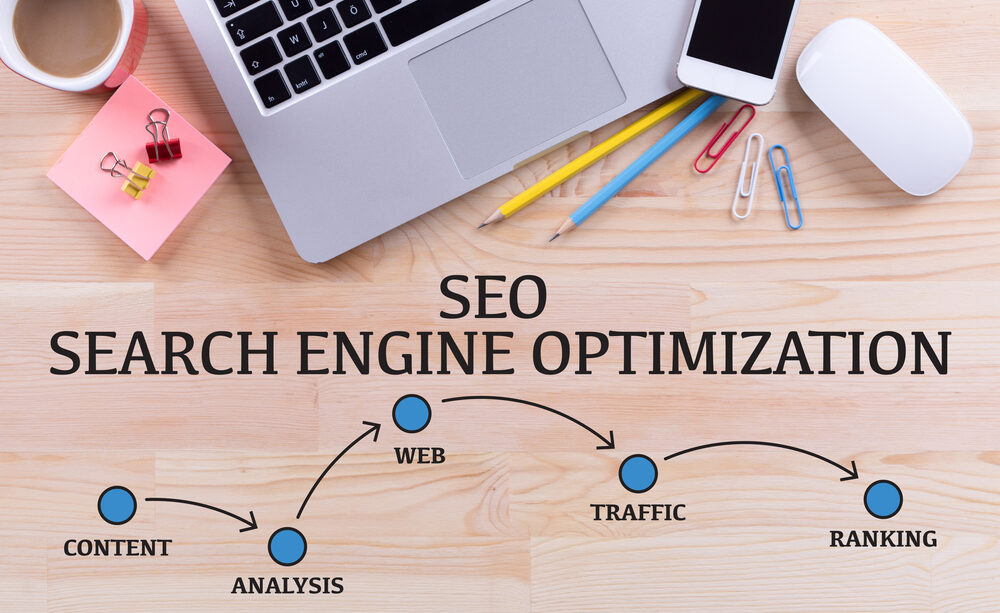The SEO Conundrum: Navigating the Shifting Sands of Google’s Algorithms
SEO has long stood as a cornerstone, a seemingly immovable force in a sea of change. Yet, recent developments and statements from Google have shaken the foundations of what we thought we knew about SEO. As one of the leading marketing strategists, it’s time to address the elephant in the ...
SEO Marketing Tactics You Should Avoid
Search engine optimization (SEO) is extremely important when it comes to your business’ performance. SEO is the process of improving your ranking when potential customers search for keywords related to your business. The better visibility your website has the more likely you are to attract ...
Your Strategic SEO Checklist to Building a High Traffic Website
Everyone wants a website that sees a lot of traffic, high engagement and a high conversion rate. Unfortunately, with over 1.86 billion websites online, creating a highly engaging, competitive website that generates a lot of traffic is easier said than done. Fortunately for marketers, there are ...
Content Readability and Its Effect On SEO
When improving the Search Engine Optimisation (SEO) of your website, it’s all good and well optimizing your content with keywords and meta tags. However, if your content doesn’t read well then chances are that it won’t stay on page one of Google for very long.
The Importance Of Keywords To Your Digital Marketing Strategy
When people look for products or services online, the first thing they do is a keyword search. The key to the success of a digital marketing strategy is by utilizing keywords and understanding your niche in the market. Keywords act as a catalyst between the user and the business. They connect ...
The Ultimate Marketing Technology Stack for 2021
The incredible growth of marketing technology cannot be understated. We have seen from Gartner’s 2018-2019 study that marketing technology or “martech” is increasingly becoming a focal point of most businesses marketing budgets, accounting for roughly 29 percent of marketing expenditures on ...
Robotics Opening the Door to Unlimited Possibilities: The Robotic Car
In our contemporary world, the pervasive influence of advanced technology and robotics is reshaping industries and unlocking unprecedented opportunities. The global industrial robotic market size is expected to reach $407 billion by 2027, experiencing substantial growth from its estimated $86.9 ...










